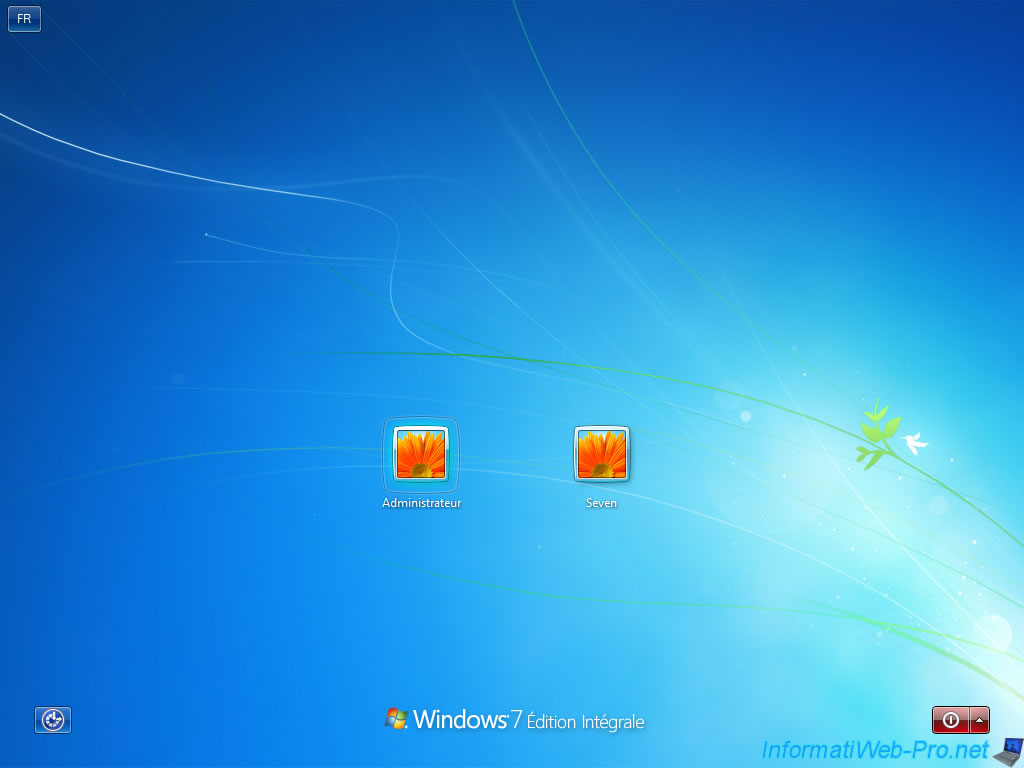

- Cloud printer connector for windows manuals#
- Cloud printer connector for windows install#
- Cloud printer connector for windows windows 10#
- Cloud printer connector for windows pro#
You can take a peek at Azure Portal and go to Universal Print. The Universal Print trial (public preview) is valid for a year. Once added, you can enable the license for your test users like you would normally under Users. If you want to add the trial option manually as I did, go to Microsoft 365 Admin Center > Billing > Purchase Services and search for Universal Print. I found it easier to add the trial option through Microsoft 365 Admin Center, but you can also use this magic link for it. You have to enroll in Universal Print while it’s in public preview. 8 GB of RAM, 2 CPU cores is all it takes. I provisioned a simple Windows Server 2019 Virtual Machine using Hyper-V in my local network for this need. You’ll need a separate server – and you can reuse any spare ones you have – to host the Universal Print Connector. Surprisingly, many government agencies still require paper pieces, which warrants the actual need for a printer for myself.

As it’s a laser printer, the color cassettes don’t “dry up” even if I don’t use it that often. It’s connected to my local network with an Ethernet cable and has a static (internal) IP address. It’s a solid machine, insofar that it always prints when needed. I can’t recall when I purchased it, but it was probably around 2015.
Cloud printer connector for windows pro#
My printer is a HP Color LaserJet Pro M252 PCL 6.
Cloud printer connector for windows windows 10#
Cloud printer connector for windows manuals#
I didn’t have time to read the manuals first. It took me about an hour to get this working end-to-end, and perhaps someone who actually reads any of the guidance would get this done in 30 minutes. Setting this up isn’t a trivial exercise, but not utterly hard, either. Newer printers – should – start supported Universal Print by default, but as of now, I think most printers require the connector to translate between on-premises and the cloud. I see this as hugely beneficial for businesses who want to get rid of third-party printer management servers and services and use something readily available from the cloud. Users can now print from anywhere, as the print jobs are queued in Azure and then sent to your on-premises printer, as if by magic. Finally, you’ll provision the printer queue settings to your users via a custom script. It reminds me a lot of the Azure AD Application Proxy and possibly utilizes the same trickery. You’ll then publish these printers using the connector to Azure and share them with your users.
Cloud printer connector for windows install#
In essence, Universal Print allows you to install one or more connectors that connect to your on-premises printing devices. For a partner-related benefit tenant, I didn’t see it, though. Since then, the private preview turned public preview, and I can see it today in a few of my (paid) Azure and Office 365 tenants. Microsoft announced the preview for Universal Print in early 2020. The same idea goes if you have on-premises printing devices and have the need to offload all printer queues to the cloud – thus slimming up your on-premises footprint and, more importantly, manage cost. I often see this called cloud printing or a print-anywhere solution. The idea is that I can share the printer through the cloud and then print from anywhere – as long as the printer is turned on. This time we’ll build a modern solution using legacy hardware – my old HP LaserJet color printer.

Building a print-anywhere setup using Universal Printing and an old HP LaserJet


 0 kommentar(er)
0 kommentar(er)
